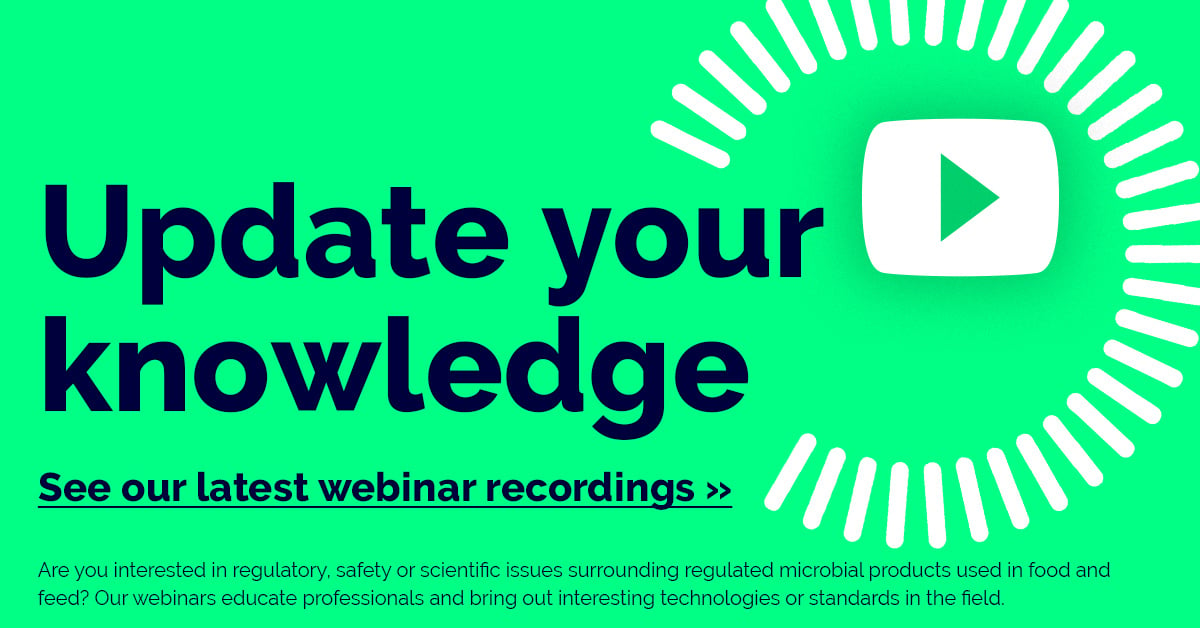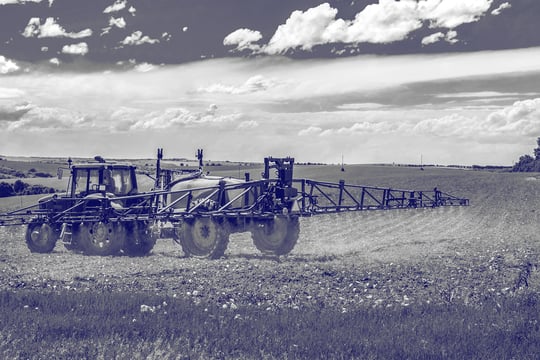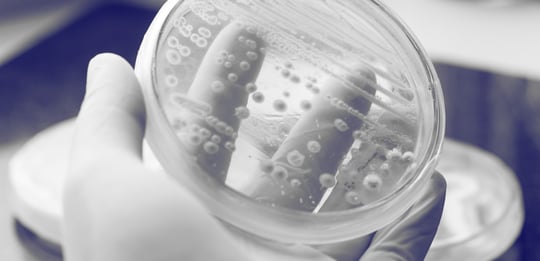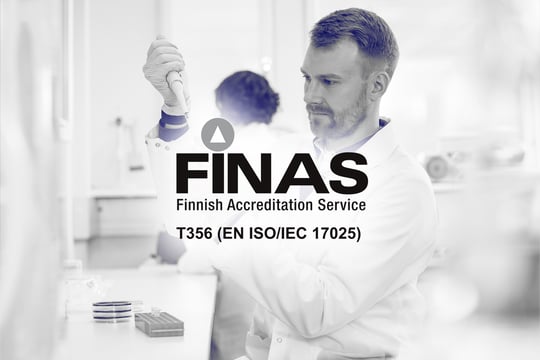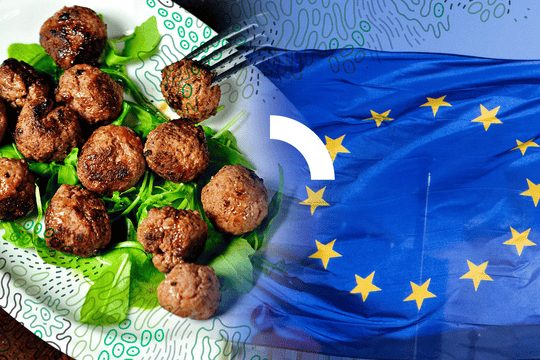
As we celebrate Biosafe's tenth anniversary, it's fitting to reflect on the evolution of EU food regulations that has shaped the food safety landscape over the past decade. Our journey has seen us adapt to significant legal changes, especially concerning regulated food products like feed additives, food enzymes, and novel foods. This article focuses on the legal milestones, setting the stage for a deeper dive into EFSA's safety assessment advancements in future articles. Technical development in biotechnology has been rapid, which has caused legislation in certain respects to lag – especially in the case of GMOs.
Regulation (EC) No 1831/2003 on Additives for Use in Animal Nutrition
The amendments made to Annexes III and IV in 2015 introduced precise labelling requirements for specific additives and their mixtures, as well as stipulated general usage conditions. The same year, a new category of "hygiene condition enhancers" was recognized as a functional group of feed additives under EU Commission Regulation 2015/2294.
Significant changes continued in 2019 with further amendments to Annex I, introducing "other technological additives" (group o), which includes substances or, where relevant, microorganisms that are added for a technological purpose and enhance the feed's properties. Additionally, a new subgroup (e) under "zootechnical additives" was created for substances or applicable microorganisms that improve the physiological condition and stress resilience of healthy animals. This modification not only underscored the specificity of authorization to the holder for a decade but also underscored the ongoing need to potentially refine these regulatory parameters in the future.
Later in 2019, Regulation (EC) No 1831/2003 was amended to align with the Interinstitutional Agreement on Better Law-making, and changes were made to empower the Commission to adopt the delegated acts.
Regulation (EC) No 1332/2008 on Food Enzymes
This regulation, the so-called “Framework Regulation” harmonised the rules on food enzymes for the first time in the EU. It worked in tandem with Regulation (EC) No 1331/2008, which introduced a common authorisation process for food additives, enzymes, and flavourings.
An amendment in 2012 under Commission Regulation (EU) No 1056/2012 expanded the original 24-month period to 42 months, affording the industry more time (3.5 years) for the submission of food enzyme risk assessment data, effective from September 2011.
As of now, EFSA is reviewing food enzymes, pending approvals through the "comitology" procedure – a mechanism allowing EU member states to oversee the European Commission's enactment of implementing acts. This process will culminate in the creation of an EU list of food enzymes. Meanwhile, national regulations continue to govern the marketing and usage of food enzymes.
Regulation (EU) 2015/2283 on Novel Foods
The European Union overhauled its regulatory framework on novel foods with the repeal of Regulation (EC) No 258/97 and Commission Regulation (EC) No 1852/2001, replacing them in 2015 with updated legislation to streamline the authorisation process, reflecting advancements in Union law and technology. The updated regulation introduced a refreshed definition of novel foods, accommodating a broader spectrum of food innovation. Since then, there has been an uptick in applications for novel foods, particularly in emerging categories like cell-cultured food products and fermentation-derived proteins, fats, and flavourings. While such products have already gained market entry in regions like the United States and Singapore, anticipation is building for their debut on European shelves.
GMO Regulations
The European Union has instituted a legal framework to oversee the safe development of genetically modified organisms (GMOs). This framework comprises several key directives and regulations:
- Directive 2001/18/EC, which regulates the deliberate release of GMOs into the environment.
- Regulation (EC) 1829/2003, which focuses on genetically modified food and feed.
- Directive (EU) 2015/412, which amends Directive 2001/18/EC, allowing Member States to limit or ban the cultivation of GMOs within their territory.
- Regulation (EC) 1830/2003, which mandates the traceability and labelling of GMOs and related food and feed products.
- Directive 2009/41/EC, which pertains to the contained use of genetically modified microorganisms.
- Regulation (EC) 1946/2003, which covers the transboundary movements of GMOs.
Currently, these regulations are primarily focused on GMO crops. While they also apply to microorganisms in principle, there is a noticeable gap in specific regulations for microorganisms and fermentation products.
New Genomic Techniques (NGTs) and the Future of EU Agriculture starting 2024
With the adoption of the ENVI Committee's stance on NGTs on 24 January 2024, and the impending European Parliament vote on 7 February 2024, a new regulatory era is on the horizon. The proposed two-tier system for NGTs will differentiate between plants equivalent to conventional ones (Category 1) and those subjected to more stringent GMO regulations (Category 2), promoting innovation while upholding safety standards.
- Category 1 NGT Plants: Category 1 NGT plants, recognised as equivalent to conventional varieties of plants, might soon be exempt from GMO regulations. The EU seeks to enhance transparency through labelling and public registries, ensuring consumer and producer knowledge. All NGT plants will remain prohibited in organic production as their compatibility requires further consideration.
- Category 2 NGT Plants: Category 2 NGT plants will remain under GMO legislation, with a proposal in place for expedited risk assessments to foster their role in a sustainable food system, adhering to the precautionary principle.
- Ban on all patents filed for NGT plants: A significant amendment calls for a ban on patents for all NGT plants, aiming to eliminate legal uncertainties and safeguard the interests of farmers and breeders. This move reflects a broader push to reassess intellectual property rights within the EU's regulatory framework.
Regulation (EU) 2019/1381 on Transparency and Sustainability
Known as the "Transparency Regulation," Regulation (EU) 2019/1381 introduced a series of amendments that apply across the board to all regulated product legislations within the EU. These amendments provide a uniform approach to various aspects of the risk assessment process, including risk management, pre-submission guidance, the notification process for new studies, third-party consultations, verification of data, confidentiality protocols, and the standardisation of data formats and information systems. Additionally, the regulation establishes procedures for conducting fact-finding missions and mandates that the European Commission reviews the implementation of the Transparency Regulation every five years to ensure its ongoing effectiveness and relevance.
In the decade since Biosafe's founding, we've witnessed and navigated through an intricate web of regulatory changes, always to provide the best service to our clients. We look forward to what the next ten years will bring, ready to embrace the changes and challenges ahead.
Stay tuned as we continue to share our story and milestones in our blog series. Up next, we'll delve into the technical and safety assessment developments that have marked our decade in food safety.
Biosafe is your guide to successful food and feed product approval, providing extensive expertise in food safety assessment, research and legislation. By helping to bring new and more sustainable food solutions to market, we are working with our customers to create a safer food future.
Topic:

